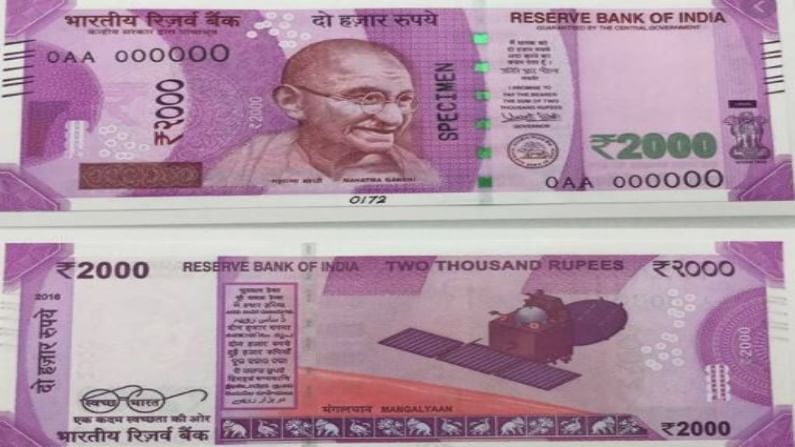By April next year, transfer cash via mobile wallets
Reserve Bank of India has made mobile wallet interoperability mandatory

Next April, one would be able to send or receive money through different mobile wallet platforms, which is not possible right now.
Reserve Bank of India (RBI) has instructed the platforms to adopt this interoperability by FY23.
Recently, the central bank has directed all payment platforms such as PhonePe, Paytm, Google Pay and Mobikwik etc. to enable mobile wallet interoperability for their customers from April 2022, hoping that it will help crores of users.
Benefits
Mobile wallet interoperability will allow customers to send and receive money from various mobile wallets with a few clicks.
Suppose you got Rs 30 cashback in your Paytm wallet for paying the electricity bill. But you had no other option but to spend the money for services offered by the Paytm app only. With RBI’s new guideline put in place one can send this money to any other wallet like PhonePay, MobiKwik etc.
RBI said that digital wallets can facilitate interoperability via Unified Payments Interface (UPI) of the person concerned.
ATM, PoS
According to the RBI guideline mobile wallet platforms should consider ATMs and Points of Sale as a transaction points. It means a subscriber can withdraw any amount up to Rs 2,000 from any ATM or point of sales.
He/she can aggregate the money what he/she has in different mobile wallet platforms and then withdraw it from a specific point.
The wallet limit has also been increased to Rs 2 lakh from Rs 1 lakh. The central bank has notified that all cash withdrawal transaction using a mobile wallet will require authentication via an additional factor of authentication (AFA) or PIN, as another layer of security.
At present, cash withdrawal is allowed only for full-KYC Prepaid Payment Instruments or PPIs issued by banks, such as debit and credit cards. With these new rules, even a payments wallet or a prepaid card can be used to withdraw cash at ATMs, micro-ATMs and eligible Point of Sale (PoS) terminals.
RBI view
During the policy meeting on April 5, RBI Governor Shaktikanta Das said: “To strengthen the system and make it robust we have decided to incentivise the migration of PPIs to full-KYC. It is proposed to increase the current limit on outstanding balance in such PPIs from Rs 1 lakh to Rs 2 lakh.”
In October 2018, RBI had first issued guidelines for adoption of interoperability on a voluntary basis for full-KYC PPIs, but the migration toward interoperability has not been significant.
Almost no mobile wallet voluntary adopted this, but now RBI is coming with mandatory guidelines by FY23.
UPI transaction data
According to RBI data, from FY18 to FY20, the total number of UPI transactions in India stood at 92 crore, 540 crore and 1,252 crore respectively.
Besides, the amount involved in UPI transactions stood at Rs 1.1 lakh crore, Rs 8.8 lakh crore and Rs 21.31 lakh crore in these three years.